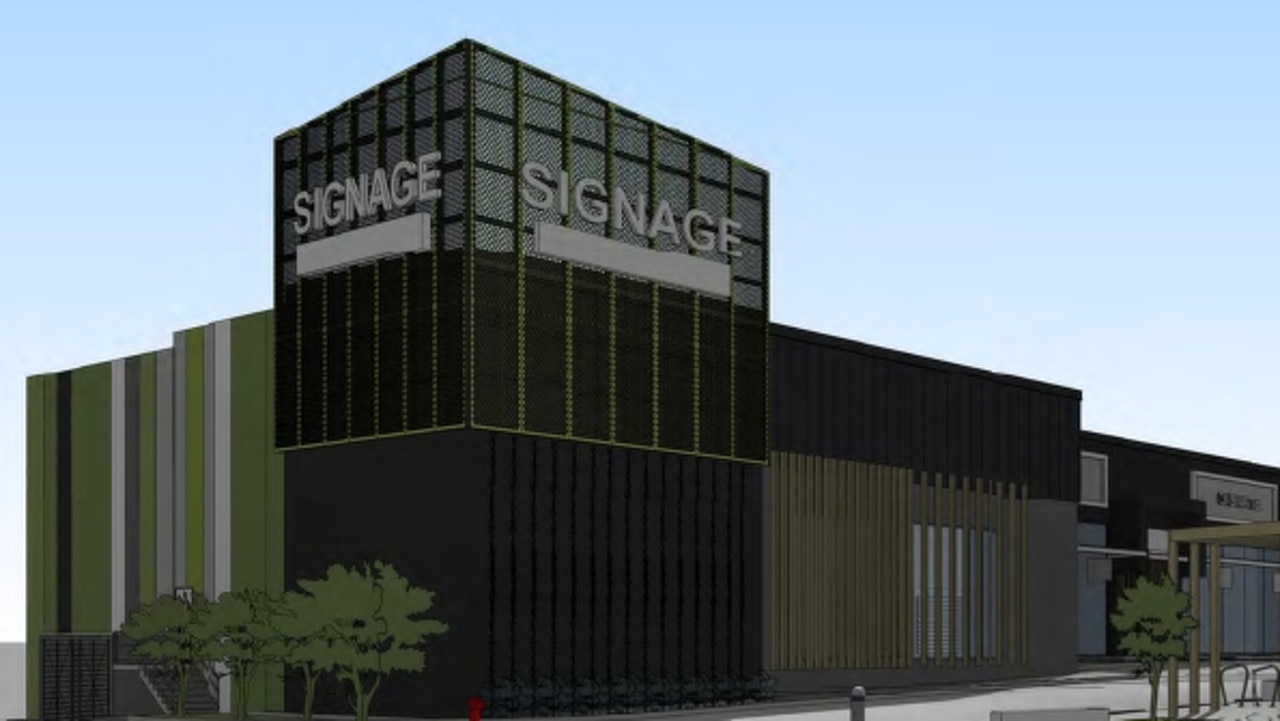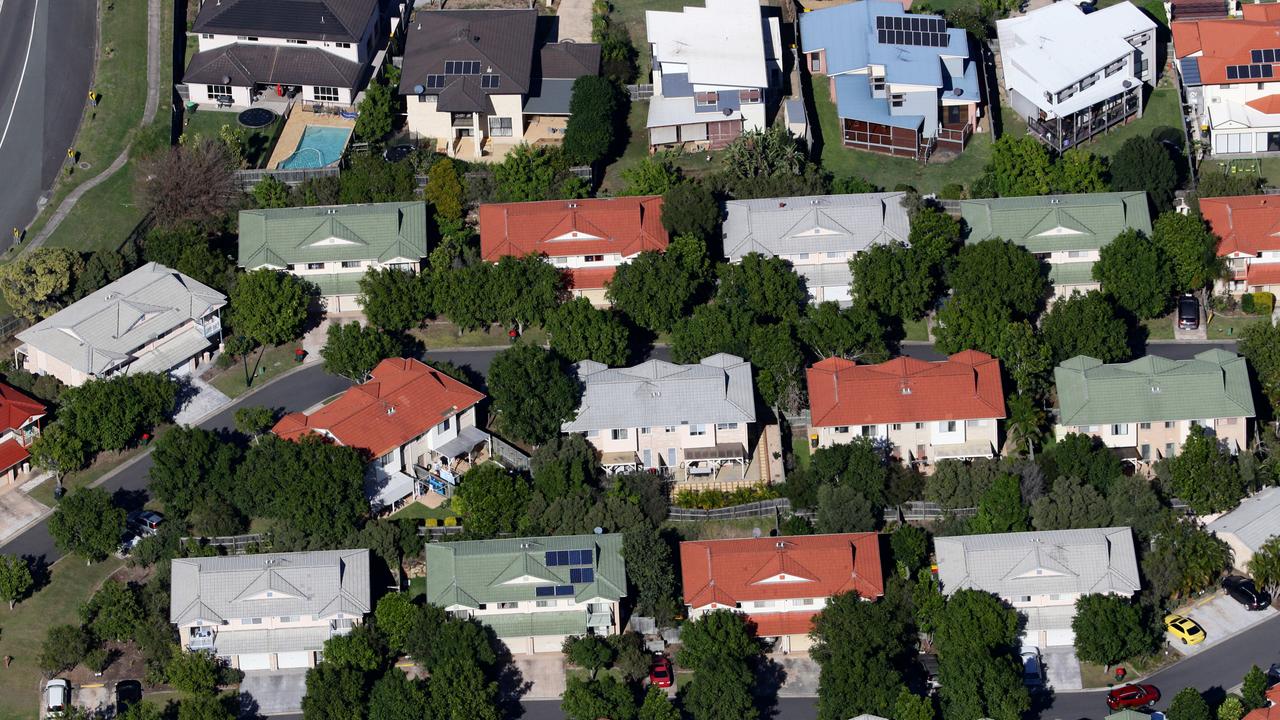Melbourne property price downturn has hit ‘the bottom’ —according to Hotspotting, PropTrack
Melbourne’s market downturn has bottomed out, a leading forecaster says, after being pegged as the weakest capital city market in Australia.
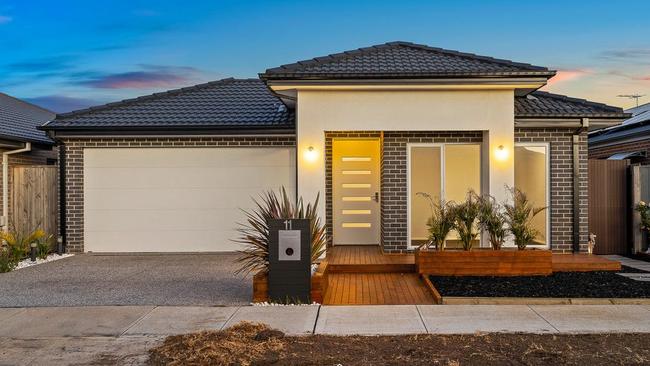
Property
Don't miss out on the headlines from Property. Followed categories will be added to My News.
Melbourne’s property price downturn has bottomed out, a leading forecaster says, after being pegged as the weakest capital city market in Australia.
New data out Saturday from PropTrack shows the market’s decline is beginning to reverse, with the city’s property median increasing slightly to $789,000.
It’s the second consecutive month that figure has had a small boost in PropTrack’s monthly Home Price Index, lifting 0.12 per cent in March and 0.2 per cent in February.
RELATED: Melbourne homes tipped for $135k wipe-out in next 18 months
Combustible cladding: Melbourne apartment owners struggle to sell
Victoria sees ‘alarming’ 24 per cent surge in homelessness, new data reveals
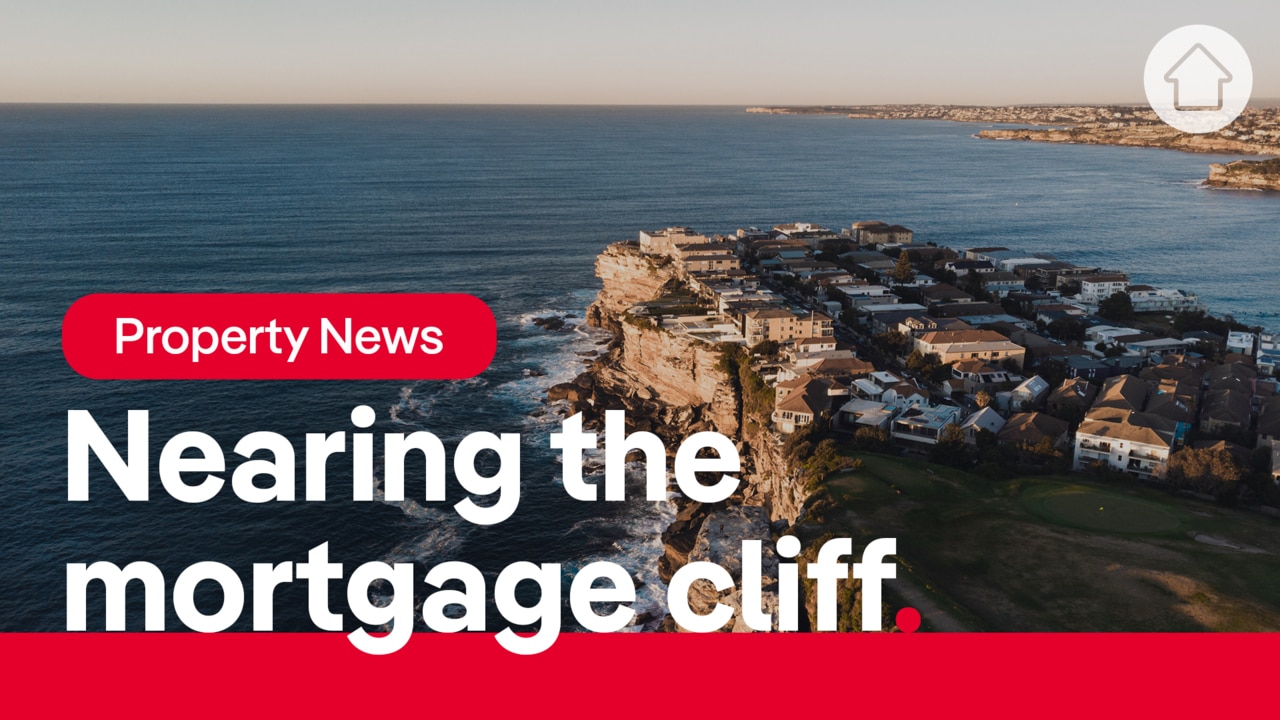
Hotspotting founder Terry Ryder believes his Autumn Price Predictor Index findings, also out Saturday, using sales activity to forecast price movements, represent “the bottom for Melbourne”.
PropTrack economist Eleanor Creagh said interest rates were “approaching their peak” and if the Reserve Bank paused rises in April or May it was “likely this bottoming process will continue and the bounce in home prices will firm and values will continue to stabilise”.
“I think we’re seeing that interest rates were the primary driver of home price falls last year, but as we’ve entered this year we’ve found that the limited supply of properties for sale on the market is underpinning prices,” she said.
“So even though homebuying demand has softened with interest rates rising, mortgage servicing costs rising and confidence falling, that’s been offset by the fact fewer properties are on the market.”
Ms Creagh said regions that had led the price downturn were now “leading the bounce”, another indicator of a shift, including the Mornington Peninsula, inner Melbourne and inner east.
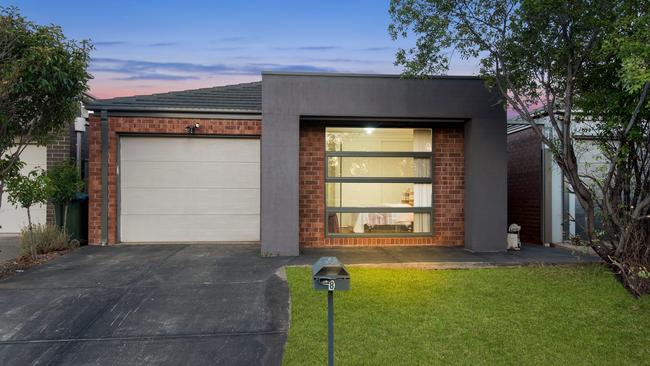
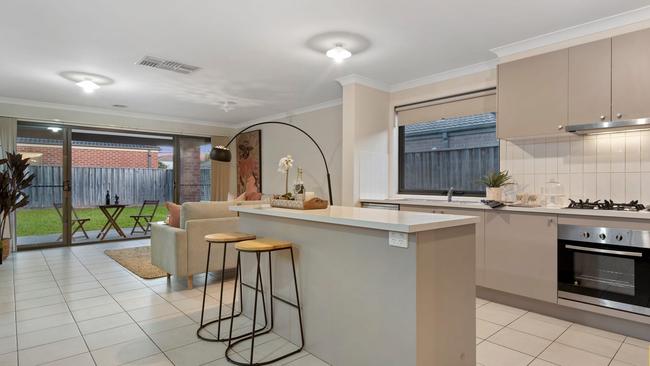
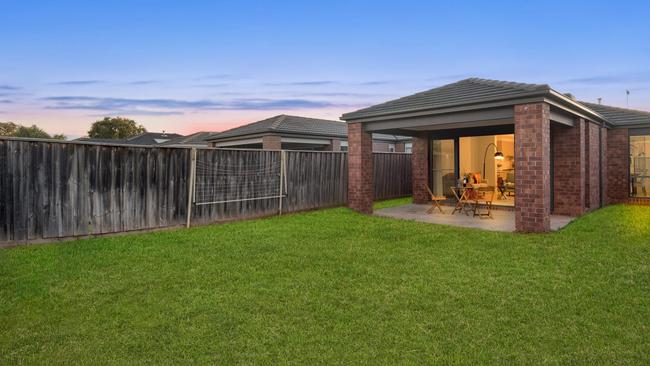
An increase in supply could affect prices, with a shortage of properties insulating against further falls so far, but a booming population will provide a floor under values.
Many big banks and property analytics firms were forecasting Melbourne home prices to fall about 15 per cent — but they have only declined about 6 per cent from their peak.
Mr Ryder’s report notes Melbourne market had experienced its weakest period since the post-boom downturn of 2018 and 2019, but the tide was shifting.
“One of the things that made Melbourne a weak market was it’s strongly influenced by the influx of overseas migrants, and overseas students for the rental market, and that tap had been turned off,” he said.
“Borders are now open and it’s starting to flow again, but it hasn’t come back to the point of impacting demand in terms of sales in Melbourne.
“Because of that one major factor, I would expect Melbourne to actually improve as 2023 unfolds. I would suspect we’ll look back and say this was the bottom for Melbourne.”
Hotspotting considers sales volumes as a precursor to price movements, and just 12 per cent of Melbourne suburbs have “rising” market activity.
It also has the most “declining” markets of the capital cities” and the most “plateau” suburbs.
Mr Ryder said affordable and outer areas had held up “quite well” over the past 12 months but the latest report showed they had joined the decline.
Melbourne had “emphatically” become the weakest capital city market in the past quarter, but the report also names Ballarat as one of this autumn’s “national growth stars”.
Hotspotting has dubbed regional Victoria “the market that refuses to give up” led by its “big three” (Geelong, Bendigo and Ballarat) in recent times, and notes in its latest report “Ballarat in particular is holding up well in the face of downturn pressures”.
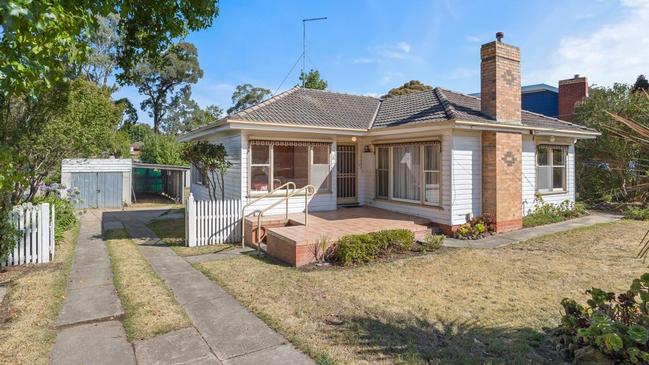
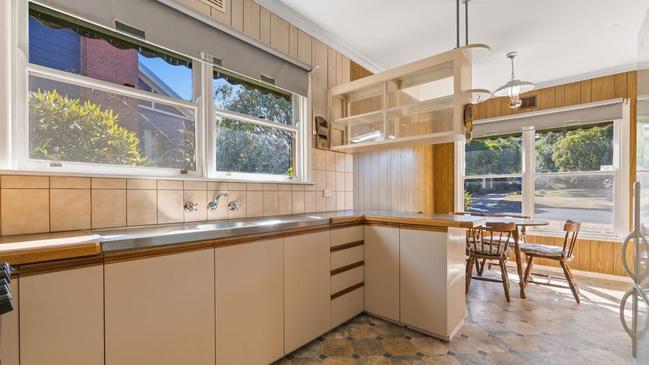
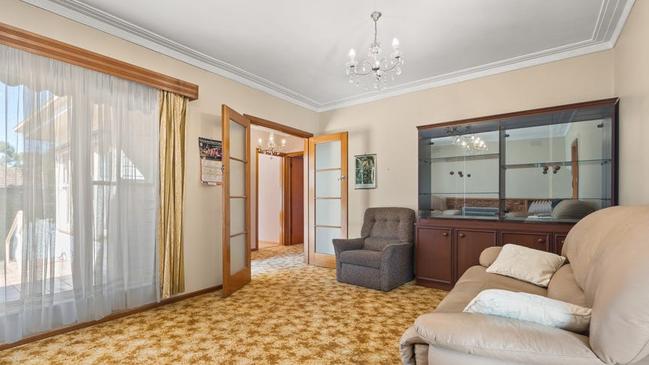
Ballarat was also included in PRD Real Estate’s top three affordable regional areas in Victoria, alongside Bendigo and Shepparton, in its new Roaring Regions report.
Buxton Ballarat director Mark Nunn agreed the local market was “in good shape”.
“We’re getting a lot of population growth, a lot of people coming out of Melbourne … our biggest driver is the decentralisation out of Melbourne,” he said.
Mr Nunn said the state government reducing V-Line fairs to the cost of a metro Melbourne fare from March 31 would make Ballarat even more popular.
“Instead of $44 a day to and from Ballarat, it’s $9.20, or half that if you’ve got a concession card,” he said.
“We’re actually finding that alone is helping the affordability of building regionally because there’s a lot of people that commute to work in Melbourne who live in Ballarat,” he said.
MELBOURNE MARCH HOME VALUES
HOUSES: up 0.08 per cent to $892,000 (down 6 per cent annually and since peak)
UNITS: up 0.37 per cent to $606,000 (down 4.58 per cent annually, and 5.3 per cent since peak)
ALL DWELLINGS: up 0.12 per cent to $789,000 (down 5.79 per cent annually and since peak)
Source: PropTrack Home Price Index
Sign up to the Herald Sun Weekly Real Estate Update. Click here to get the latest Victorian property market news delivered direct to your inbox.
MORE: Inside Wild West village with crazy Wolf Creek link

